Bell 206 JetRanger: The Most Successful Commercial Helicopter Ever Produced
It’s probably the most recognizable helicopter in the world. You’re familiar with it – you’ve seen it flying for news stations, police patrols, ferrying VIPs, and you military types call it the Kiowa. It’s the Bell 206 JetRanger family of helicopters, and it would become the most successful commercial helicopter ever produced.
The Start of the Bell 206 JetRanger
The U.S. Army needed a new light observation helicopter after the Korean War. Helicopter design was rapidly progressing during the mid-20th century so the Army issued Technical Specification 153 – a list of capabilities for this new helicopter. It had to be able to fly an attack role, escort, transport personnel, and perform observation duties. Bell, Hiller-Fairchild, and Hughes all submitted prototypes. Hughes was eventually declared the winner in 1965 with the OH-6 but that didn’t stop Bell from developing its prototype for commercial use.
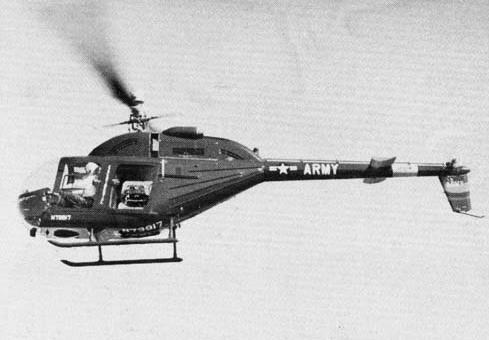
Bell’s prototype, the YOH-4A, wasn’t particularly attractive. It had a giant bulbous nose, boxy frame, and the engine & transmission compartment sat on top of the helicopter as if they were separate from the helicopter. This image works for the Army, but not for civilian sales. The fuselage was streamlined throughout and the new helicopter design was designated the Bell 206 JetRanger, after its successful predecessor the piston-powered B47 Ranger. The JetRanger had seating for four, in addition to the pilot, and some decent cargo capacity.
Delivery of the Bell 206 JetRanger
First deliveries of Bell 206A started in 1967. The first JetRangers were fitted with the 317 shp Allison 250-C18 engine and would later be upgraded, first in 1971 with the Allison 250-C20 and then in 1977 with the 420 shp Allison 250-C20J. Transmission design imposed a maximum 317 shp limit for all engines but this still gave the JetRanger a useful load of nearly 1,500 pounds. These engine upgrades redesignated the helicopter to the Bell 206B JetRanger II and the Bell 206B3 JetRanger III, respectively. Other than the engine upgrades, really the only other change was an increased tail rotor on the 206B3 to counter the increase in torque. Bell designed the 206B3 JetRanger III to be easily converted from JetRanger IIs if owners desired to do so.
The U.S. Navy purchased the 206A in 1968 as a helicopter trainer; this became the TH-57 Sea Ranger and would eventually be replaced by the Navy with 206B3s for both VFR and IFR training.
And wouldn’t you know it, the Army also came back to have another look at the 206A. They would replace the OH-6 with the OH-58 Kiowa in 1969, only four years after eliminating the earlier design. In the mid-1990s, the Army also selected the 206 as their primary helicopter trainer to replace the Huey, and this VFR/IFR trainer was designated TH-67 Creek.
The Many Variations of the Bell 206 Jetranger
The Bell 206L, the LongRanger, was first delivered in 1975 due to client demands. The LongRanger featured a fuselage stretched and additional 2 ½ feet and had an extra row of seats in the club configuration, increasing seating capacity to six plus pilot. This model was also equipped with larger fuel tanks and a bigger loading door to accommodate cargo and medical stretcher loading.
The original LongRanger, however, used the same engine as the JetRanger and left it underpowered for the increase in loading capability. So the LongRanger L1 was introduced with the Allison 250-C28 500 shp engine, but this engine required more maintenance and airworthiness directives than operators wanted to deal with. The next model, the L3, featured the more reliable and more powerful 250-C30P 650 shp engine. Transmission limits imposed a 435 shp reduction, but this left some room for the LongRanger to operate at high density altitude. To improve on this, Bell beefed up the transmission and introduced the L4 in 1992, increasing the limit to 490 shp. LongRanger L1s and L3s upgraded to the L4 were redesignated the L1+ and L3+.
LongRangers can also be converted to twins with the Gemini ST program, which received FAA certification in 1991. A few years later these upgrades were certified as a single/twin, meaning that these helicopters can safely operate with either one or two engines throughout all flight regimes.
Bell also produced a small number of TwinRangers as completely new builds. Production of these twins started in 1990 but ceased after 13 aircraft were produced, to be replaced by the Bell 427.
Performance of the Bell 206 JetRanger
The many missions flown on the Bell 206 airframe speak to its capabilities, from training to flying attack missions in combat.
The 206 sits fairly low to the ground on tubular skids, making it easy to load passengers and cargo. A passenger can sit in the front left seat next to the pilot, but dual flight controls can also be fitted at this station for two-pilot operation and training. Leather seats and options for gold-plated seatbelts appeal to the VIPs. Two adults will be very comfortable in the back of the JetRanger, and only three may be comfortable in the back of the LongRanger despite the seating for five. The rearward-facing second-row seats are a tad close to the third row and results in some bumping knees. But the pilot cabin is very open and spacious with good visibility except for straight below, which makes sling-load operations more difficult without bubble windows on the doors (available for the JetRanger only).
The 206 doesn’t have any of the fancy electronic engine controls found on some of the more modern turbines, and this is surprising for a helicopter still coming off the production line. Engine starting requires some throttle modulation and careful attention to the torque and temperature in particular, but it’s not something overly complex. The 206 has more than enough power in standard conditions and the 206BL4 boasts a 1,340 fpm climb rate and hover out-of-ground effect up to 6,500 feet. The numbers for the 206B3 are only slightly less.
One common complaint amongst almost all of the LongRangers is the underpowered tail rotor. I noticed this myself while flying tours around Lake Tahoe in an L4 in density altitudes nearing 10,000’. It does require some smart flying – or I should say not doing anything stupid – in order to safely handle a fully-loaded tour helicopter. Takeoffs and approaches must be made into the wind while minimizing any left-hand turns to avoid over-torqueing. Still, with this said, it has all the capability it needs so long as you don’t need a full fuel load.
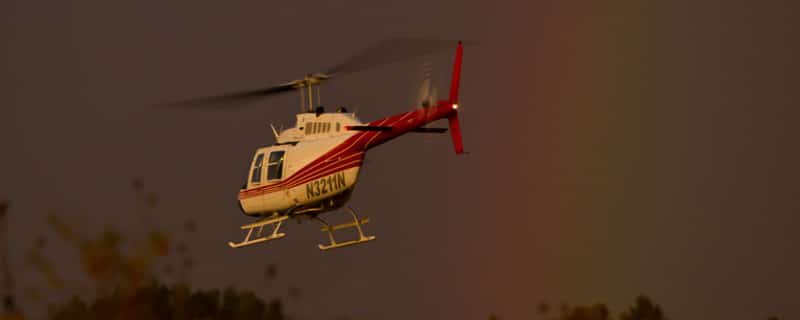
Pilots transitioning from smaller piston helicopters will notice a slow response on the flight controls – but as far as turbines are concerned, the Bell 206 JetRanger is actually very responsive and nimble, again one of the reasons why it was chosen to perform the many missions it has seen in its lifetime. It just makes sense for missions such as aerial cinematography and law enforcement pursuit.
In Conclusion
Well over 7,000 Bell 206s have been produced since 1967, including both civil and military versions – outnumbering any other commercial helicopter. The 206 offers a low purchase cost of around $1 million and low maintenance costs of less than $200/hr, making it a very affordable helicopter for operators and contractors such as aerial photographers. The 206 with the Allison (now Rolls Royce) engines give it the best single-engine safety record for helicopters. One version or another of the Bell 206 has served in military or law enforcement roles in over 40 countries.
The Bell 206B3 had a great run, but it just saw the end of production and was replaced by the new 505. The L4, however, is still in production at the Bell facility outside of Montreal, Canada.
Specifications (Bell 206L4)
Crew: 1
Capacity: 7 persons including pilot
Length: 39 ft 8 in
Rotor Diameter: 33 ft 4 in
Engine: 650 shp Allison 250-C30P turbine, derated to 490 shp
Max Gross Weight: 4,450 lbs
Empty Weight: 2,330 lbs (approx.)
Useful Load: 2,120 lbs (approx.)
Fuel Capacity: 110 gallons
Max Airspeed: 130 knots
Cruise Speed: up to 120 knots
Max Range: 370 nm (approx.)
Max Endurance: 3 hours 45 minutes, no reserves
Max Operating Altitude: 13,500’






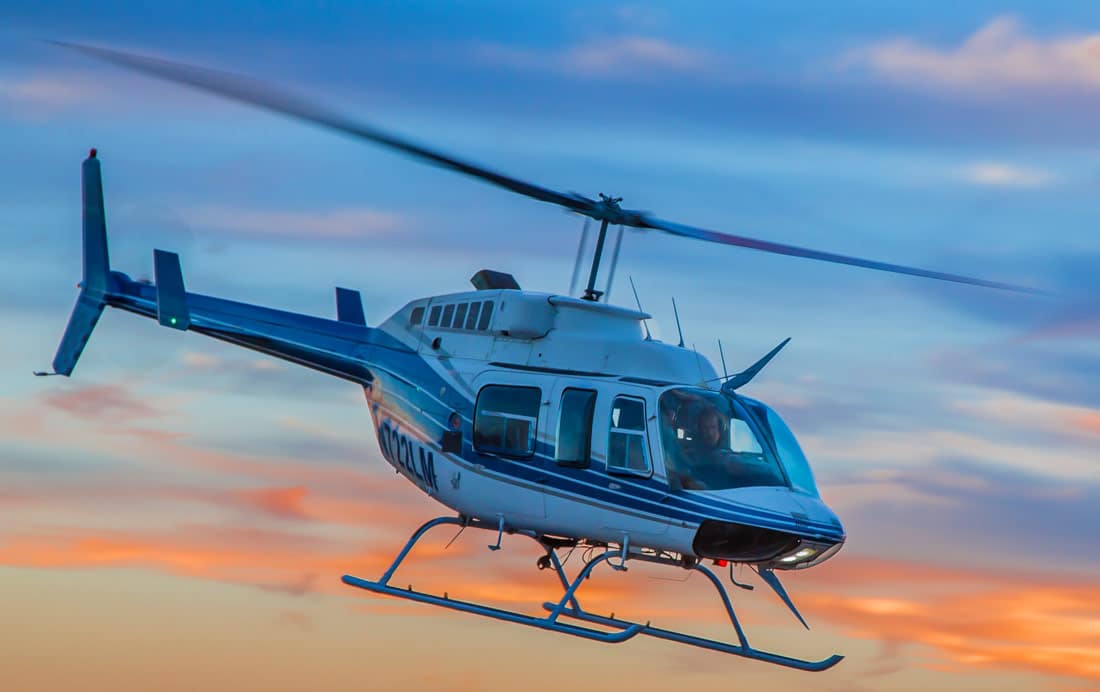




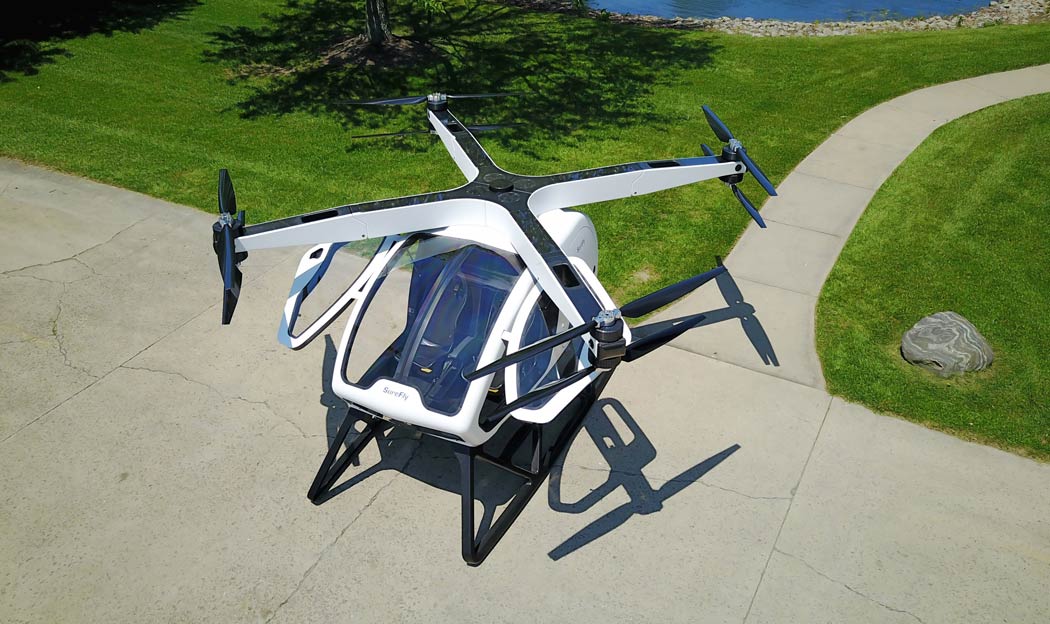
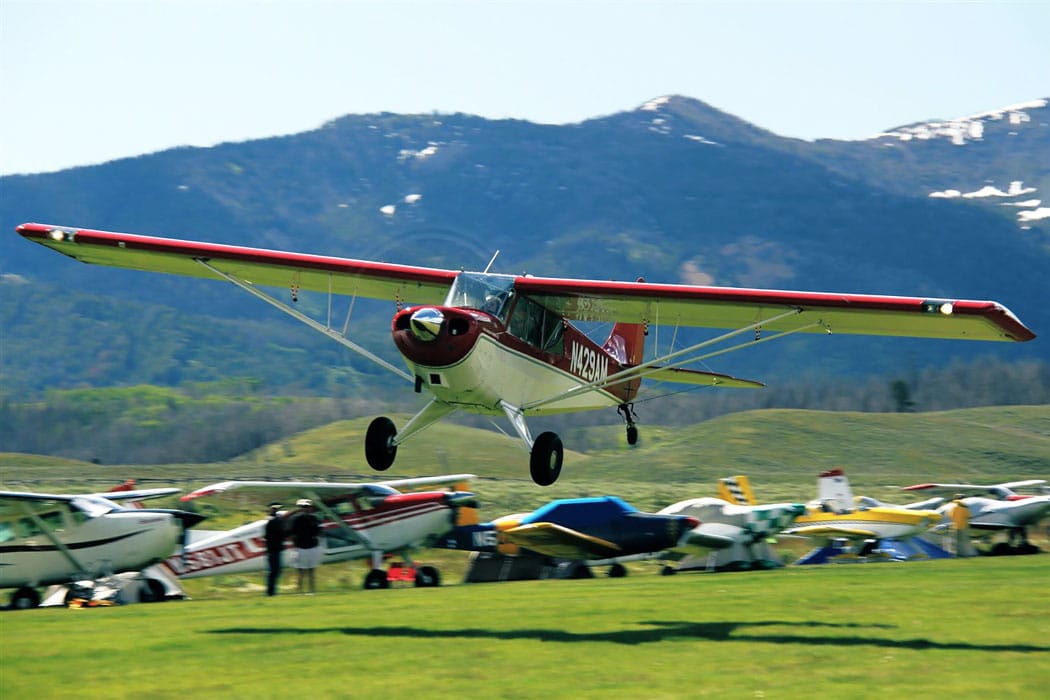

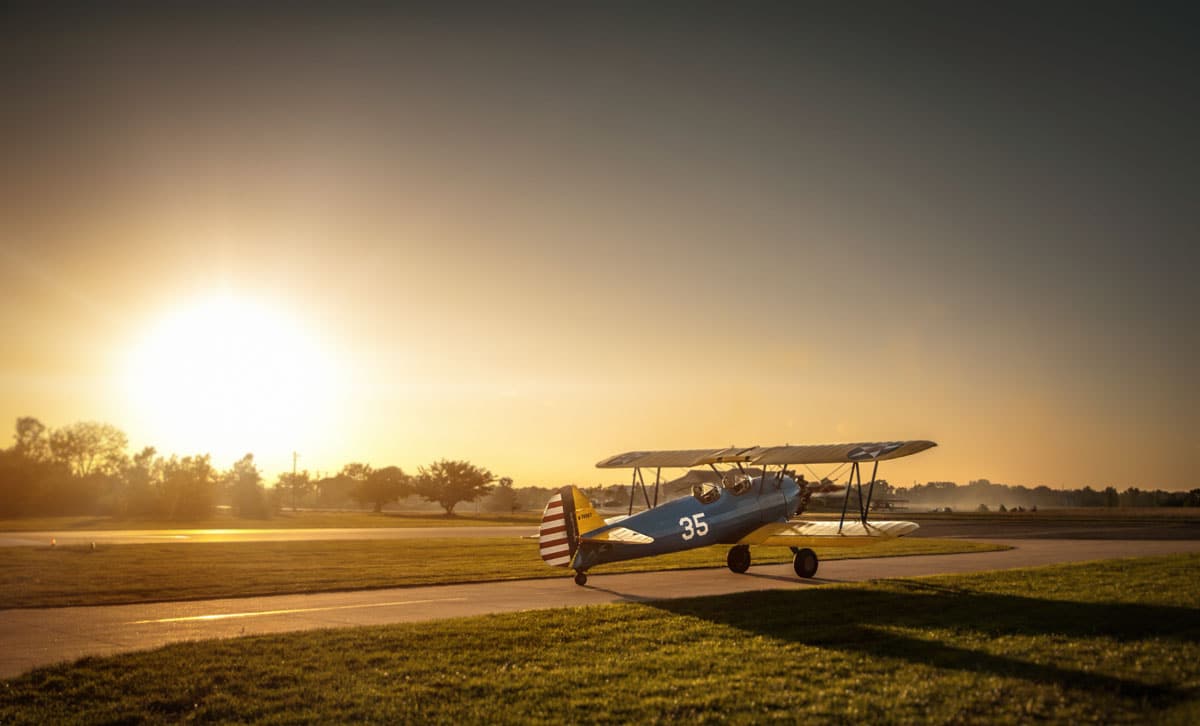
Have you done any write-ups on the astar? I’m trying to find something that’s a little smoother. I have read a few articles on the new 505 and it’s very loud the layout isn’t as expected and there are little things like doors that don’t close properly and then tend to open by themselves in flight!